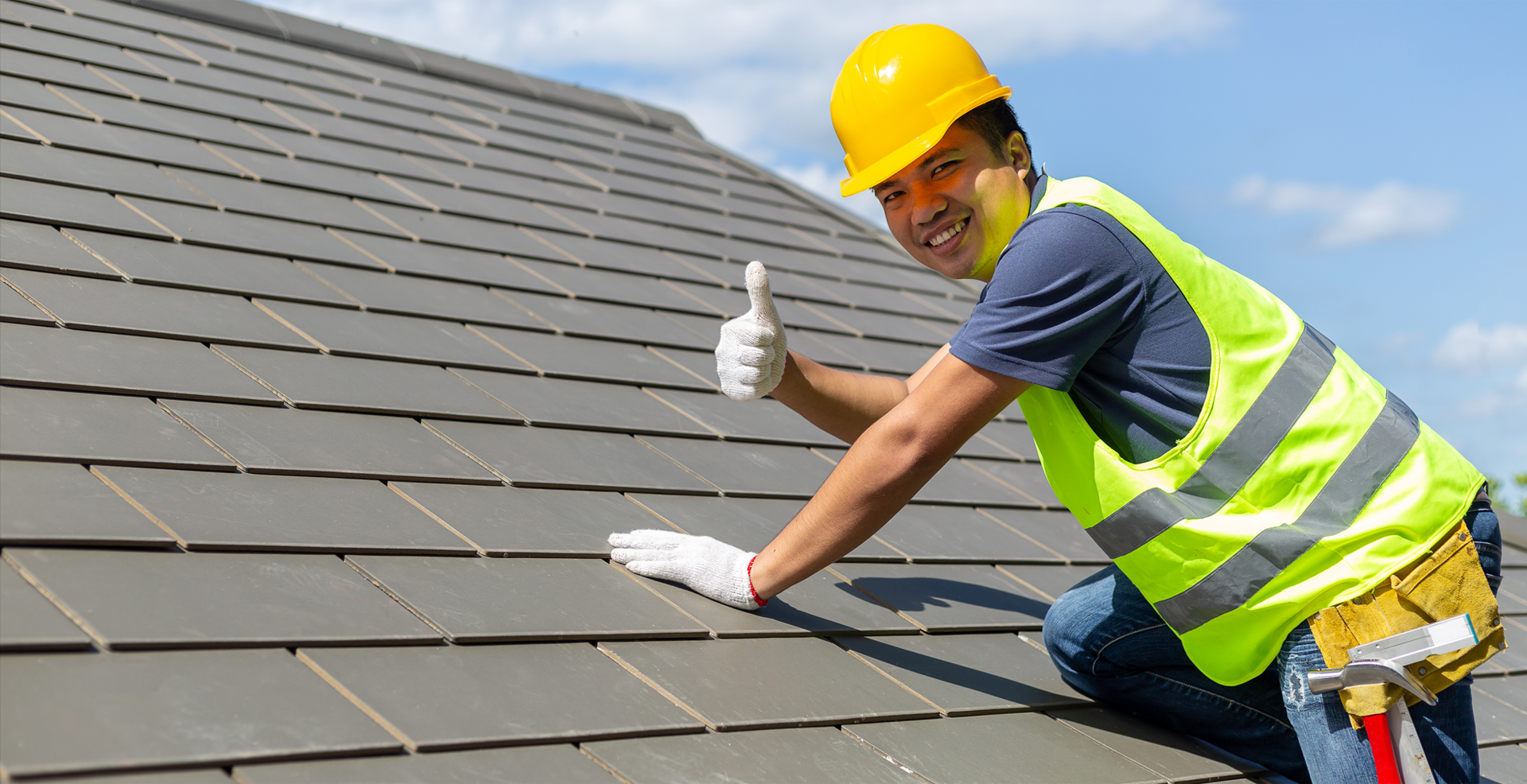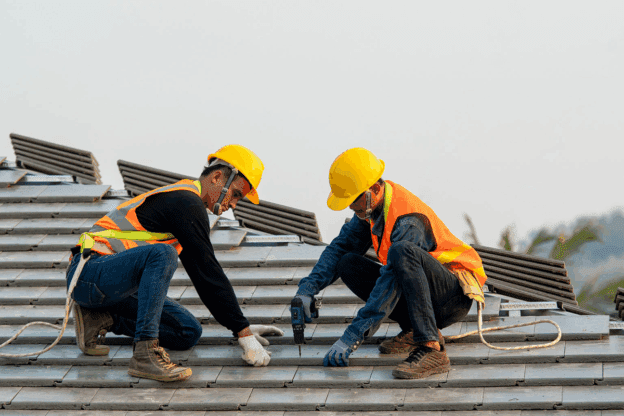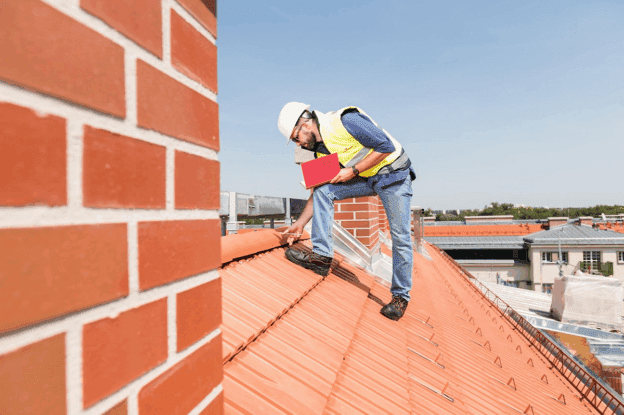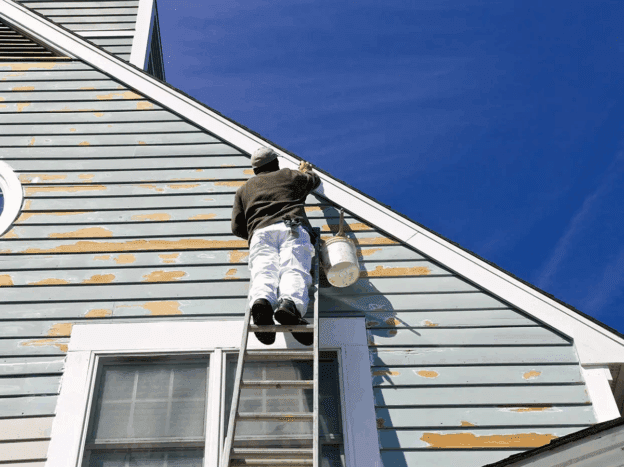
What to Expect During a Roofing Replacement Project
Replacing a roof is a significant undertaking, often bringing a mix of anticipation and anxiety. Knowing what to expect can ease this transition and help ensure a smoother process. Roofing replacement typically starts with a thorough inspection and removal of the old materials, followed by the installation of the new components.
During this time, it’s common to experience noise, debris, and occasional disruptions to daily routines. Understanding the steps involved can help in preparing for these changes and mitigating any surprises. From initial consultations to the final touches, being informed can make the journey to a new roof much more manageable.
Key Steps in the Roofing Replacement Process
Embarking on a roofing replacement project involves several key steps to ensure a successful outcome. Understanding these steps can help in preparing for the process and managing expectations effectively.
- Initial Inspection: A thorough examination of the existing roof is conducted to identify damage and assess the overall condition. This step is crucial for planning necessary repairs and ensuring a solid foundation for the new roofing.
- Removal of Old Materials: The old roofing materials are stripped away, exposing the underlying structure. This process allows for the repair of any damaged decking and ensures that the new roof will be installed on a clean, stable surface.
- Decking Repairs: Any issues with the roof deck are addressed during this phase. Repairs might include replacing damaged sections or reinforcing weak areas to ensure a strong base for the new roofing materials.
- Underlayment Installation: A layer of underlayment is applied to provide an additional moisture barrier. This step helps to prevent water infiltration and adds an extra layer of protection between the deck and the new roofing.
- Installation of New Roofing: The new roofing materials, such as shingles or tiles, are installed according to manufacturer specifications. Proper installation ensures durability and effectiveness, contributing to the long-term performance of the roof.
By following these key steps, the roofing replacement process can be managed efficiently, leading to a successful and lasting result.
Understanding the Roofing Removal Phase
The roofing removal phase is a pivotal part of the replacement process and can be quite intensive. It begins with the stripping off of the old roofing materials, which often includes shingles, tiles, or metal panels. This step is crucial for uncovering any hidden issues such as damaged decking or leaks. During removal, debris and old materials are carefully handled to avoid damage to the underlying structure.
It’s not uncommon for homeowners to be concerned about the potential for uncovering unexpected problems. However, this phase allows for a thorough inspection and necessary repairs before the new roofing is installed. Proper removal ensures that the new roof will be laid on a solid foundation, preventing future issues and extending the lifespan of the new roofing.
How to Prepare Your Home for Roofing
Preparing your home for a roofing project involves several important steps to minimize disruptions and protect your property. Start by clearing the area around the house, including outdoor furniture and vehicles, to create a safe working environment. It’s also wise to cover plants and landscaping to shield them from falling debris.
Inside the home, consider moving valuable items away from windows and walls to avoid potential damage from vibrations or falling debris. Ensuring clear communication with the roofing team can help address any concerns and streamline the process. Proper preparation not only protects your property but also contributes to a more efficient and less stressful roofing replacement.
Common Disruptions During Roofing Projects
A roofing project can lead to a few common disruptions that are part of the process. Noise is one of the most noticeable impacts, as the removal of old roofing materials and installation of new ones can be quite loud. This noise can be unsettling, especially for those working from home or having young children. Additionally, debris from the old roofing can scatter around the property, requiring regular cleanup. During the project, access to certain areas of the home may be restricted due to safety concerns. It’s important to plan for these disruptions and communicate with the roofing team to minimize any inconvenience. Understanding these potential disruptions helps in better managing expectations and preparing for a smoother project experience.
What to Look for in Roofing Contractors
Choosing the right roofing contractor is crucial for a successful replacement project. Start by checking for licenses and insurance to ensure that the contractor meets industry standards and is covered for any potential accidents. Look for contractors with a solid reputation, which can be verified through online reviews, referrals, and past project portfolios. It’s also important to obtain multiple quotes to compare pricing and understand the scope of work.
A reliable contractor will provide a detailed written estimate and timeline, ensuring transparency throughout the project. Clear communication and a professional approach are key indicators of a trustworthy contractor. Investing time in selecting the right contractor can significantly impact the quality and efficiency of the roofing replacement.
The Impact of Weather on Roofing Work
Weather plays a significant role in the success of a roofing project. Rain, snow, and high winds can all impact the installation process, potentially causing delays and affecting the quality of the work. For instance, rain can hinder the application of roofing materials and lead to water damage if the old roof is not adequately covered. Extreme temperatures can also affect the performance of roofing materials, making it challenging to work efficiently.
Contractors often schedule roofing projects with weather conditions in mind and may need to adjust timelines accordingly. Understanding how weather can influence the project helps in planning and preparing for possible delays, ensuring that the roofing replacement proceeds smoothly despite weather-related challenges.
Safety Measures During Roofing Replacement
When undertaking a roofing replacement, prioritizing safety ensures a smooth and incident-free project. Proper safety measures protect both the workers and the property, creating a secure environment for everyone involved.
- Use Proper Safety Gear: Workers should wear safety helmets, harnesses, and non-slip footwear to protect against falls and injuries. Safety gear is essential for preventing accidents on elevated surfaces and handling heavy materials.
- Secure the Work Area: Set up barriers and warning signs around the work zone to keep pedestrians and pets away from potential hazards. A clearly marked area helps avoid accidental injuries and ensures a safe working environment.
- Inspect Equipment Regularly: Ensure that all tools and equipment are in good working condition before starting. Regular inspections help prevent malfunctions that could lead to accidents or delays during the roofing project.
- Monitor Weather Conditions: Check the weather forecast to avoid working in adverse conditions, such as high winds or heavy rain. Poor weather can increase the risk of accidents and compromise the quality of the roofing installation.
- Follow Safety Protocols: Adhere to industry safety guidelines and protocols throughout the project. Compliance with safety standards reduces the risk of injuries and ensures that the project proceeds efficiently and securely.
Adhering to these safety measures not only ensures a successful roofing replacement but also safeguards everyone involved.
Post-Installation Cleanup and Roofing Debris
After the roofing installation is complete, the cleanup process is crucial for restoring your property to its original condition. Roofing projects generate a considerable amount of debris, including old shingles, nails, and other materials. A thorough cleanup involves removing all debris from the site, including checking for any stray nails that could pose a hazard.
Many contractors use magnets or special equipment to ensure that no debris is left behind. It’s also a good idea to inspect the property yourself to ensure that everything is cleaned up to your satisfaction. Proper post-installation cleanup not only enhances the appearance of your property but also ensures safety and prevents any lingering issues from leftover materials.
Final Inspection and Quality Checks for Roofing
The final inspection and quality checks are crucial in ensuring that a roofing replacement meets all required standards and provides long-lasting protection. This phase ensures that every detail is meticulously reviewed and addressed.
- Check for Proper Installation: Verify that all roofing materials are correctly installed, with no gaps or misalignments that could lead to future issues.
- Inspect for Structural Integrity: Ensure that the roof deck and underlying structure are in good condition and that any necessary repairs have been made.
- Review Flashing and Sealants: Examine flashing and sealants around edges, chimneys, and vents to prevent leaks and ensure a watertight seal.
- Assess Cleanliness and Debris Removal: Confirm that all construction debris is cleared from the site and that no stray nails or materials are left behind.
- Verify Compliance with Building Codes: Check that the completed roof adheres to local building codes and regulations, ensuring safety and compliance.
Addressing any issues at this stage provides peace of mind and ensures long-term satisfaction.
Understanding the complexities of a roofing replacement project can significantly ease the process and enhance the overall experience. From the initial steps of removal to the final inspection, each phase plays a crucial role in ensuring a successful outcome. Awareness of potential disruptions, weather impacts, and contractor qualities helps in preparing for and managing the project effectively. As the process concludes with a thorough cleanup and quality check, it’s essential to have a reliable team to handle every detail.
For expert guidance and seamless execution of your roofing project, contact Tidal Remodeling at +1 (760) 990-7890. Take the first step towards a flawless roof replacement and ensure your home is in expert hands.



